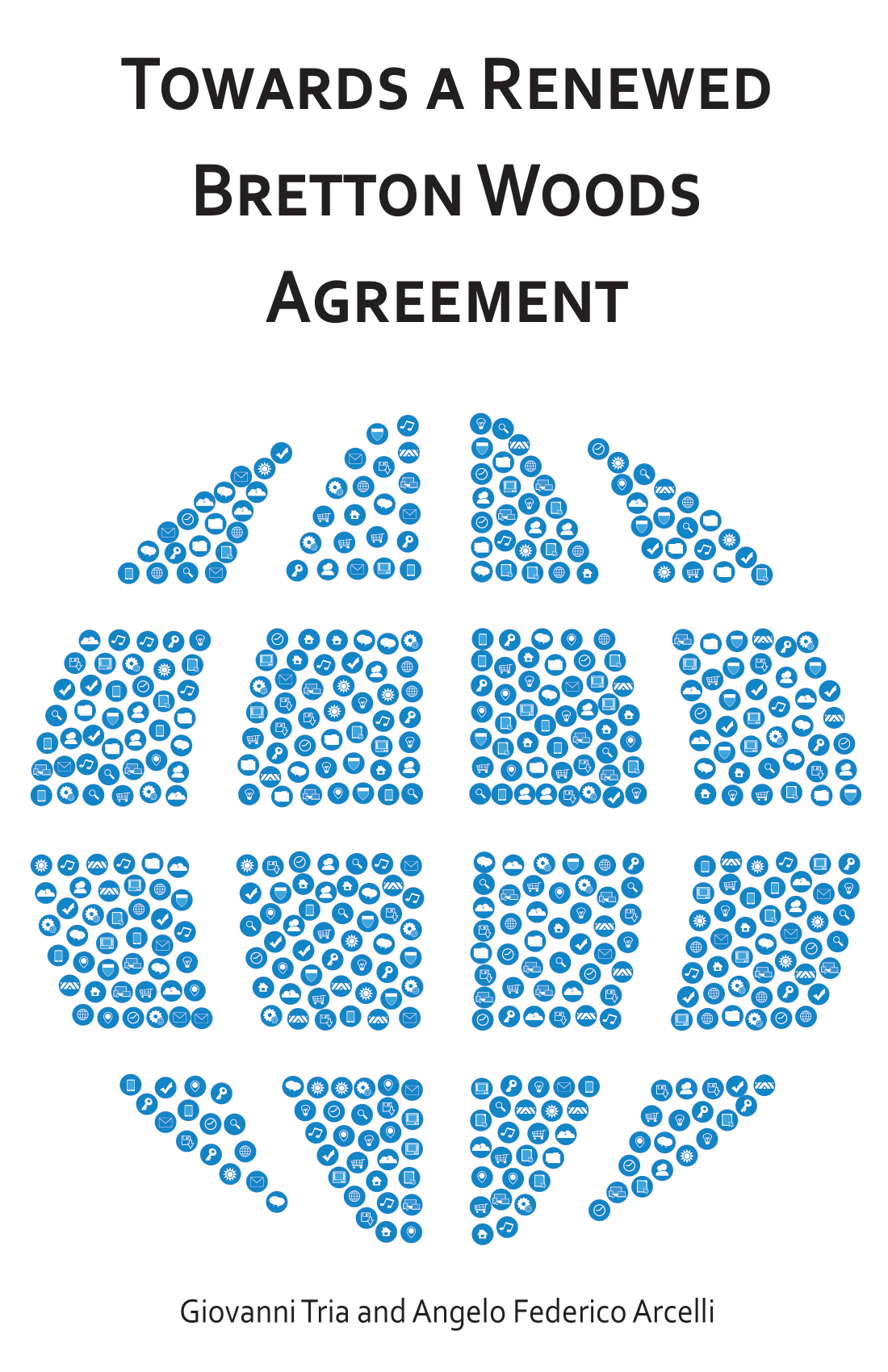Over seventy-five years ago, in the midst of World War II, delegates from 45 countries met in the New Hampshire town of Bretton Woods to define a global monetary system for the postwar world. Those arrangements have been challenged on many occasions, and yet their core premise—the U.S. dollar as the anchor currency for the world—remains very much alive today.
In this volume, Transatlantic Leadership Network senior fellows Giovanni Tria and Angelo Federico Arcelli trace the ups and downs of the Bretton Woods system and tell the story of its evolution from World War II to today. They explain the key mechanisms that drove the system until the United States stopped pegging the dollar to gold in 1971, and how that decision and other developments led to what they call “Bretton Woods II” arrangements. They make the case that the world we know today is so different than the ones that characterized either Bretton Wood I or Bretton Woods II that a new look is required. It may be time to consider a Bretton Woods III.
About the Authors
Giovanni Tria is Honorary Professor of Economics and President of the Center for Euro-Asian Studies at the University of Rome Tor Vergata. He has been Italy’s Minister of Economy and Finance, Full Professor of Economics and Dean of the Faculty of Economics at University of Rome Tor Vergata, President of the Italian National School of Public Administration and member of the Governing Body of the International Labor Organization, representing the Italian government.
Angelo Federico Arcelli is currently a senior fellow at the Transatlantic Leadership Network, a full professor in Economy of Financial Intermediaries (International Institutions) at Guglielmo Marconi University (Rome, Italy) and a senior fellow at the Center for International Governance Innovation (CIGI, Waterloo, ON, Canada). Federico is also a partner in Oliver Wyman, a global strategic consulting firm.


